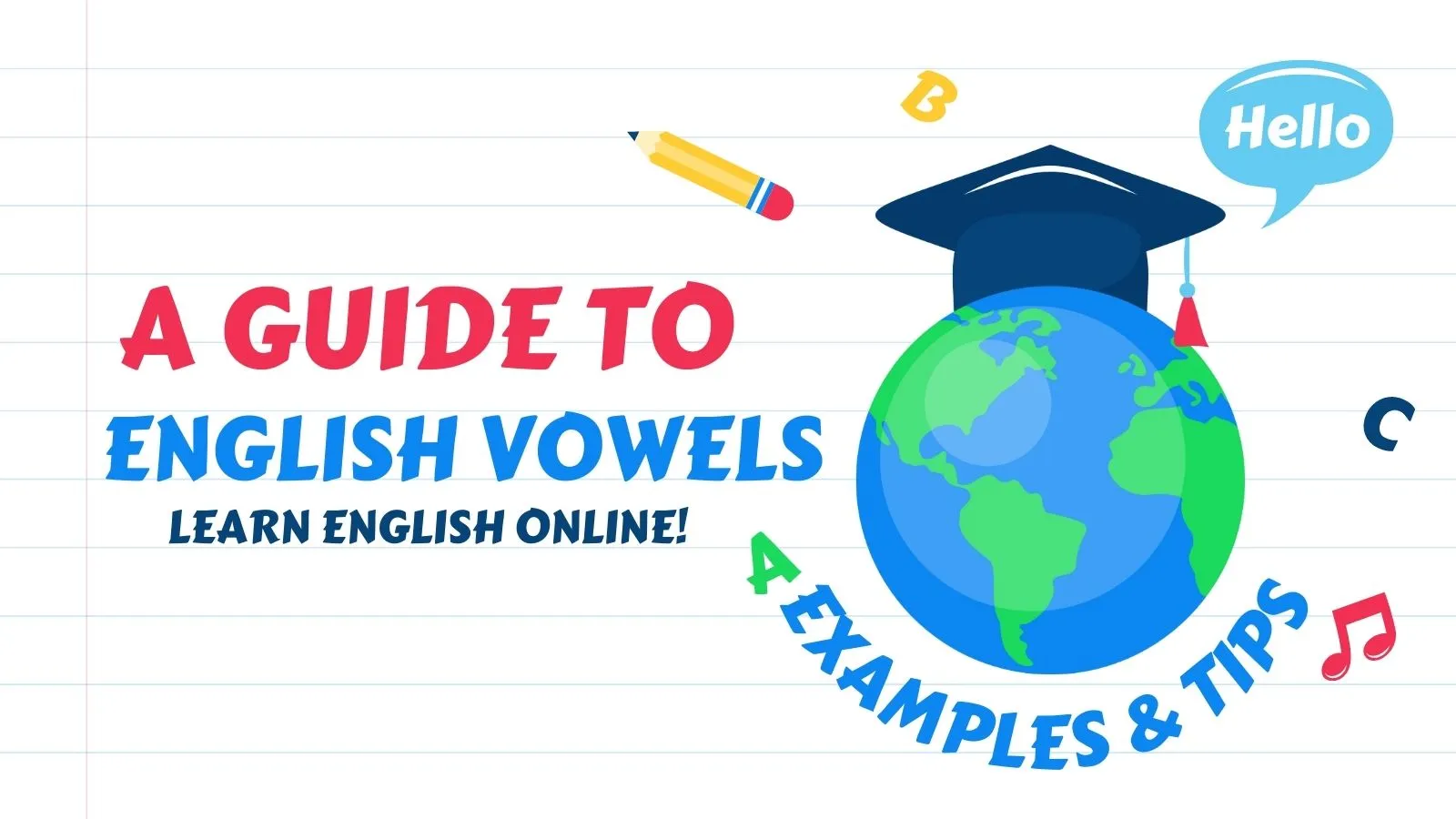Hello there, English language enthusiast! You’re here because you want to perfect your English vowels, right? Well, you’re in the right place. This comprehensive guide is going to be your new best friend, taking you on a deep dive into the fascinating world of English vowels. Buckle up!
Why are English Vowels Important?
Have you ever wondered why you can’t just replace “a” with “o” and expect it to sound the same? That’s because English vowels are the building blocks of the language.
Mispronouncing a vowel can change the whole meaning of a word! So, if you want to attain language fluency and avoid awkward misunderstandings, mastering your vowel pronunciation is a must.
Understanding the Difference Between Vowels and Consonants
Vowels and consonants are like the yin and yang of English. They complement each other. But what’s the difference? Vowels (A, E, I, O, U, and sometimes Y) are sounds that are made without closing off any part of the mouth.
Consonants, on the other hand, are sounds that are made by blocking the air from flowing freely.
What are English Vowels?
Definition of Vowels
A vowel is a speech sound that’s produced without any constriction in the vocal tract. Easy peasy, right? It’s like singing with an open throat!
The Main English Vowels: A, E, I, O, U (and sometimes Y)
There are five main vowels in English: A, E, I, O, U. But don’t forget about our wildcard – Y. Sometimes Y is a vowel, like in the word “myth”. You’ll get the hang of it!
Exploring the 15 Vowel Sounds in English
Surprise! Even though we only have 5 (or 6) vowel letters, we have 15 vowel sounds. Yes, English can be a sneaky language. But don’t worry, we’re going to learn them all!
English Vowel Pronunciation
Short Vowels: A, E, I, O, U (Examples and Pronunciation)
Let’s start with the short vowels. These are the simplest vowel sounds and are usually what children learn first. Here they are with examples:
Long Vowels: A, E, I, O, U (Examples and Pronunciation)
Long vowels sound like the name of the vowel itself. Here are some examples:
Diphthongs: Combining Vowel Sounds (Examples and Pronunciation)
Diphthongs are like the double agents of English vowel sounds. They’re formed when two vowel sounds are combined in the same syllable. Here are some examples:
Tips for Improving English Vowel Sounds
Now we’ve covered the basics, let’s jump into some fun ways to practice and improve your English vowel sounds.
Pronunciation Mazes
Interactive exercises like pronunciation mazes can help you identify words with the same vowel sounds. These exercises can also help you practice finding words with specific vowel sounds. It’s like a scavenger hunt, but with sounds!
Shadow Reading
Shadow reading is a technique for improving pronunciation, intonation, and speed# I need to search for more information on “Shadow Reading” to give a more comprehensive explanation.
Shadow Reading is a cool technique that can help you imitate the intonation and rhythm of English. It involves repeating a speaker’s words and phrases while they’re speaking, in an effort to match their intonation, pronunciation, and enunciation.
This technique is popular in speech therapy and can be super helpful in improving your pronunciation, rhythm, and overall fluency1.
To get started with Shadow Reading, choose a text that you understand and reflects the style of speaking you’d like to practice.
Then, read the text aloud, paying attention to the rhythm, intonation, and pronunciation of the words. Next, listen to the audio of the text and try to mimic the speaker’s voice as accurately as possible1.
Remember, Shadow Reading is all about practice. Don’t be discouraged if you can’t perfectly imitate the native speaker at first. Keep practicing until you can accurately mimic their pronunciation1.
And avoid common mistakes like not following the rhythm of the speech, not repeating the speech enough times, not using the correct pronunciation, and not taking the time to review and adjust1.
Tongue Twisters
Tongue twisters are fun exercises for practicing specific vowel sounds. They can help enhance your pronunciation accuracy and fluency. Remember, “She sells seashells by the seashore”? Try saying that three times fast!
Dr. Seuss Books
Don’t underestimate the power of children’s books! Dr. Seuss’s books are known for their clever rhymes and patterns, making them perfect tools for learning long and short vowel sounds. Plus, who doesn’t love a good bedtime story?
Mute the Sound
This might sound strange, but try watching videos or listening to audio with the sound off. Observing lip and mouth movements can help you develop an awareness of how to articulate vowel sounds accurately.
Minimal Pairs
Minimal pairs are words that differ by a single sound change. Practicing these can enhance your ability to differentiate between similar vowel sounds. For example, the words “bit” and “beat” differ only in the vowel sound.
Common Questions About Vowels
When and Why Are Vowels Necessary in English Words?
Vowels are the lifeblood of English words. They give words their shape and sound, and a word cannot exist in English without at least one vowel.
Is “Y” Considered a Vowel?
The letter “Y” is a bit of a chameleon. It’s usually a consonant, but it can act as a vowel in certain situations, like in the words “myth” or “syzygy”.
Understanding IPA Symbols for English Vowels
The International Phonetic Alphabet (IPA) is a system of notation for the sounds of languages. Each symbol represents a specific sound, making it a handy tool for mastering English vowel sounds. Check out some IPA charts online for more details.
Conclusion
English vowels are more than just letters; they’re the heart and soul of the language. Improving your vowel pronunciation can enhance your language skills and open up a world of communication opportunities.
So, keep practicing, apply the tips provided, and most importantly, have fun with it! Remember, practice makes perfect. Good luck on your vowel-mastering journey!

